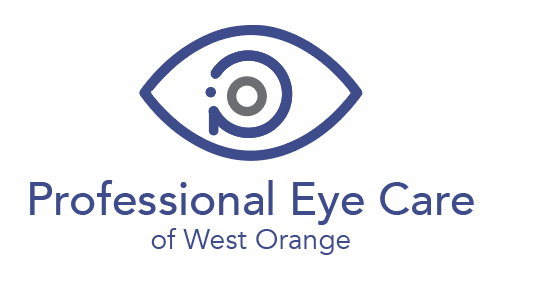
Did you know children can spend more than 7 hours a day on screens, even before they reach middle school? At Professional Eye Care of West Orange, we often think about blue light exposure indoors—like from tablets, laptops, and TVs—but we rarely consider how outdoor exposure also affects young eyes. Surprisingly, sunlight is actually the largest source of blue light, and kids are often most exposed during recess and after-school activities.
What Is Blue Light and Where Does It Come From?
Blue light is a high-energy visible (HEV) light with a short wavelength that scatters easily. While it's naturally present in sunlight, we’re now exposed to it constantly through digital screens, LED lighting, and even fluorescent bulbs.
Unlike UV light, which is mostly absorbed by the cornea and lens, blue light passes directly to the retina. Over time, excessive exposure to high-intensity blue light may contribute to digital eye strain, disrupt sleep patterns, and potentially raise the risk of retinal stress.
Why Children Are More Vulnerable
Children’s eyes are still developing, and that makes them more susceptible to blue light exposure. Here’s why:
- Lenses are clearer: Kids' lenses don’t block as much blue light as adult eyes do.
- Longer exposure times: Between school, homework, and free time, children may spend more time on screens than adults.
- Outdoor time still counts: Natural sunlight contains a significant amount of blue light—even during short recess breaks or outdoor sports.
Many parents assume blue light exposure is only a concern indoors, but playgrounds and sunny sidewalks are just as impactful.
What Blue Light Does to Young Eyes
Although research is still ongoing, here are a few ways blue light can impact children’s vision and health:
- Digital Eye Strain: Headaches, dry eyes, and blurred vision can result from long hours on screens.
- Sleep Disruption: Blue light affects melatonin production, making it harder for kids to fall asleep, especially when exposed in the evening.
- Potential Long-Term Effects: Continuous exposure over time may contribute to retinal changes and possible vision issues later in life.
Just like we protect skin with sunscreen, it’s time we think about eye protection in the same way.
How to Protect Your Child’s Eyes from Blue Light
At Professional Eye Care of West Orange, we recommend practical, everyday strategies to help reduce blue light exposure:
1. Use Blue Light Filtering Lenses
Whether your child wears prescription glasses or not, blue light-filtering lenses can help block high-energy light from screens and the sun. Ask our team about lens options during your child’s next eye exam.
2. Encourage the 20-20-20 Rule
Teach kids to take a break every 20 minutes by looking at something 20 feet away for at least 20 seconds. This helps reduce digital eye strain.
3. Limit Screen Time—Especially Before Bed
Try to reduce exposure at least 1 hour before bedtime to support healthier sleep cycles.
4. Sunglasses with UV and Blue Light Protection
Sunglasses aren’t just for adults. Children should wear sunglasses outdoors that protect against both UV and blue light.
5. Schedule Regular Pediatric Eye Exams
An annual eye exam can detect early signs of strain, vision changes, and help us recommend personalized solutions based on your child’s needs.
When to Visit us in West Orange
If your child often rubs their eyes, squints at screens, or complains of headaches, it might be time for a comprehensive eye exam. At Professional Eye Care of West Orange, we’re here to make sure your child’s eyes are protected—not just from books and screens, but from the playground, too.

